1. Leeches for Just About Everything
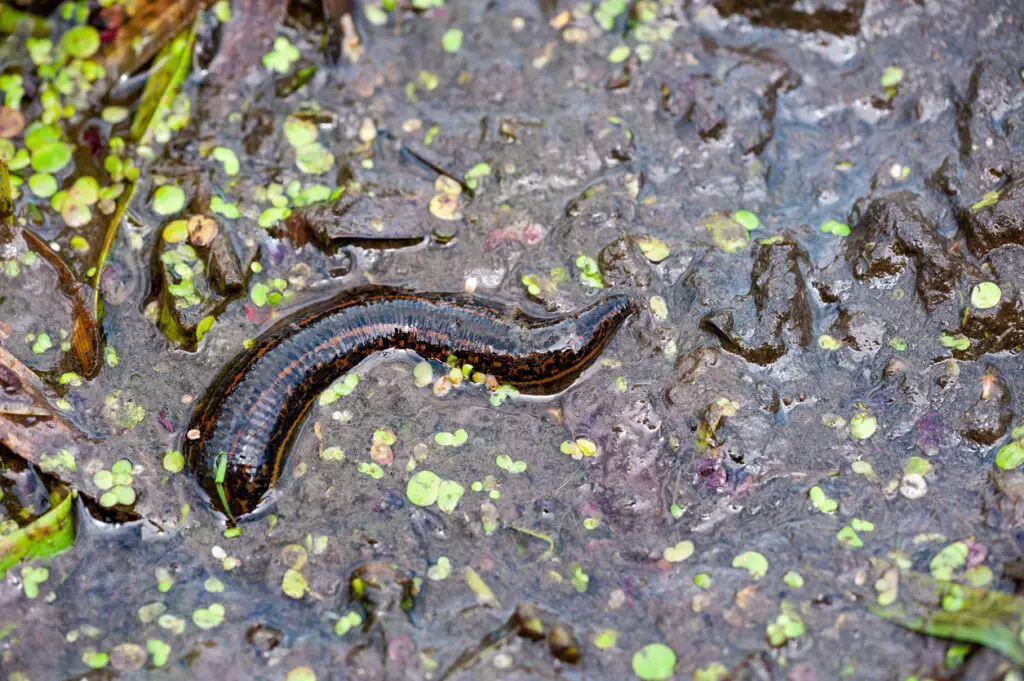
Back in the day, if you were feeling under the weather, there was a good chance someone would slap a few leeches on you and call it a cure. People believed that removing “bad blood” could fix fevers, infections, and even headaches. Doctors would sit patients down and let those little creatures latch on for a while, often pulling out way more blood than was probably safe. This wasn’t a backwoods remedy either—leeches were used by top physicians for centuries says the Conversation.
It sounds ridiculous now, but the logic made sense to them at the time. They followed the idea of balancing bodily humors, and blood was a big part of that. Oddly enough, leeches are still used in very rare modern medical procedures, but with a lot more care and science behind it. Still, it’s hard to believe people used to walk into a doctor’s office and willingly sign up for a leeching session adds University Hospitals.
2. Mercury for a Healthy Glow
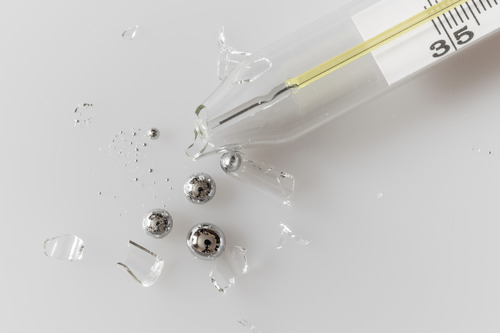
People once thought mercury—yes, the toxic silver stuff—was actually good for you. It was used in ointments, pills, and even as a vapor to treat things like syphilis and skin issues. Chinese alchemists believed it could prolong life, and some European doctors used it liberally despite its terrible side effects says CNN.
Unfortunately, those side effects included tremors, tooth loss, and madness. But folks didn’t put two and two together for a long time. Mercury made people feel “cleansed” at first, and that was enough to keep them coming back. It’s wild to think something we now know is pure poison was once considered a health booster shares Discover Magazine.
3. Trepanation: Drilling Holes in Skulls

If you had migraines, seizures, or even just a case of the blues, ancient practitioners had one go-to: drill a hole in your skull. This method, called trepanation, was supposed to release evil spirits or relieve pressure. It sounds medieval, but it goes back thousands of years and was found in cultures all over the world.
The really shocking part? Some people survived it. They actually lived with these holes in their heads and, by some accounts, even felt better afterward. But most of the time, it probably just led to infection or death. Still, to those early doctors, it seemed like a solid plan.
4. Snake Oil for Every Ill
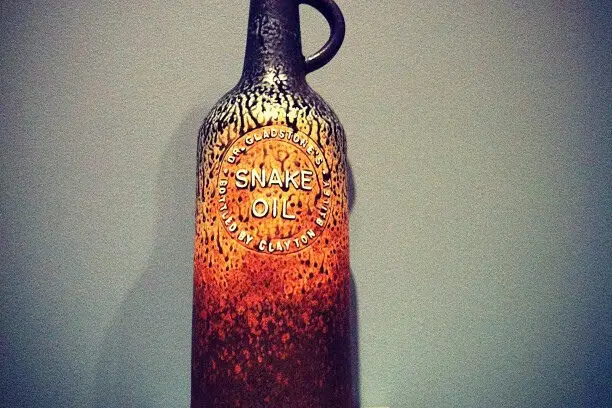
Snake oil became the poster child for fake medicine, but in the 1800s, it was sold as a miracle cure. Traveling salesmen would set up shop, put on a show, and promise that a swig of snake oil could fix joint pain, indigestion, and even baldness. The catch? Most of it didn’t even contain snake oil.
It was usually a mix of alcohol, spices, and maybe some herbs, if you were lucky. People believed in it partly because they wanted to, and partly because there were no better options. The placebo effect is powerful when you’re desperate. Once science got involved, the con was exposed—but the phrase “snake oil salesman” stuck around.
5. Toads for Skin Problems

Got a wart? Rub a toad on it. People believed for centuries that toads either caused warts or cured them, depending on who you asked. This myth probably came from the way toads look, all bumpy and strange, which made them seem somehow magical—or cursed.
Some folks even thought toads secreted a healing slime. In reality, they release toxins that are definitely not meant for human skin. Still, desperate times led to some bizarre experiments. It’s one of those old-school fixes that just makes you shake your head.
6. Cigarettes for Asthma
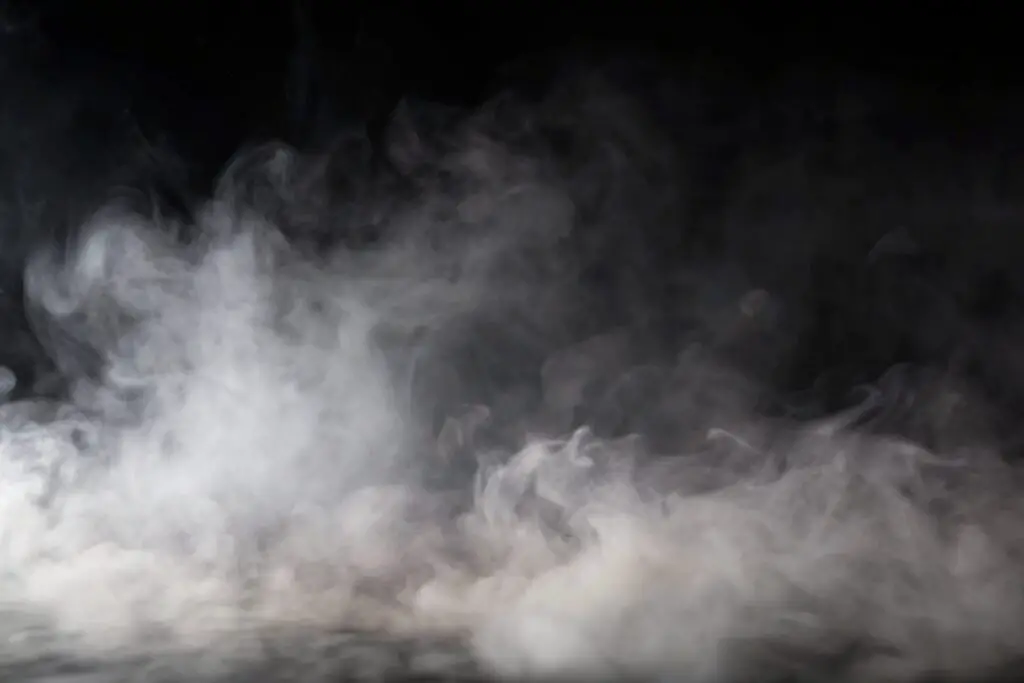
Believe it or not, doctors used to recommend smoking for asthma. There were even special “asthma cigarettes” filled with herbs or compounds like belladonna. These were marketed as a way to open up the lungs and stop wheezing. It sounds completely backward now, but they genuinely thought it helped.
Part of the reason was that the smoke had a numbing effect on airways. Of course, this did nothing to treat the root cause and probably made things worse. The irony is hard to miss—trying to clear your lungs by filling them with smoke. But hey, it was the medical advice of the time.
7. Radium Water for Energy

When radium was first discovered, people were fascinated by its glow and thought it had health benefits. It was bottled into tonics and sold as a cure-all—especially for fatigue and low energy. The most famous version was “Radithor,” a drink that claimed to rejuvenate you from the inside out.
Unfortunately, it did the opposite. People who drank it over time developed serious radiation poisoning, including one wealthy industrialist who literally lost parts of his jaw. It took a few high-profile deaths to convince people maybe glowing water wasn’t the best idea. But in the early 20th century, radioactivity was still a new, exciting mystery.
8. Heroin for Coughs

Before it was outlawed, heroin was a common ingredient in over-the-counter medicines—especially for coughs. Bayer, the same company that gave us aspirin, actually marketed heroin as a non-addictive alternative to morphine. That didn’t age well.
It was even sold in syrup form and given to kids. At the time, it seemed like a medical breakthrough, because it worked fast and made people feel better—at first. But soon enough, addiction became a huge issue. Science eventually caught up, but not before a whole generation had easy access to one of the strongest drugs around.
9. Arsenic for Better Skin
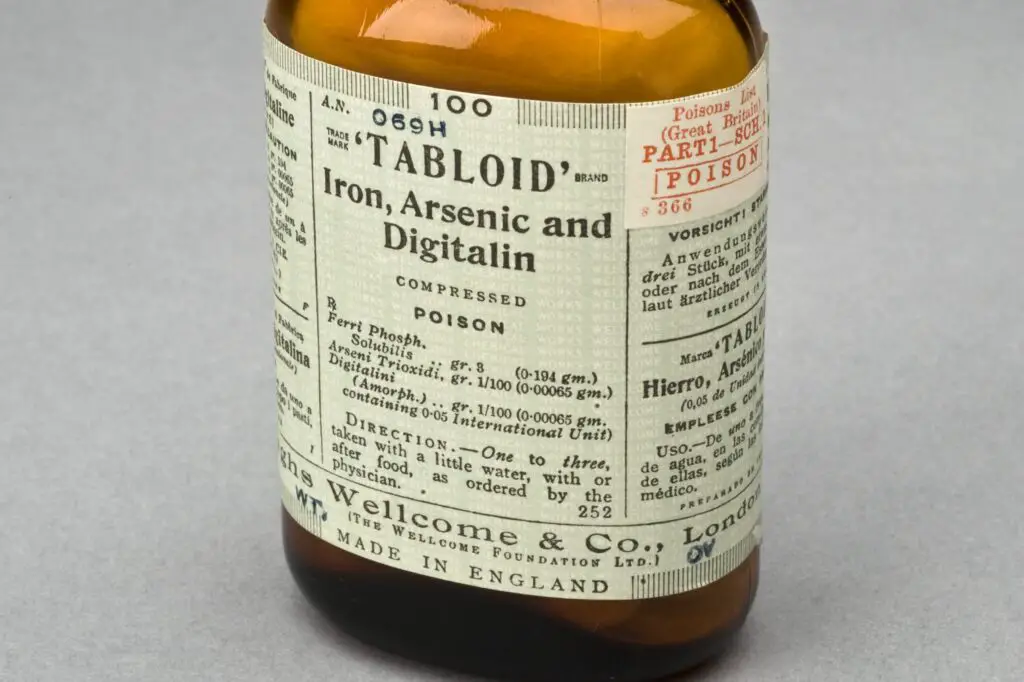
In the Victorian era, women were all about that pale, flawless look. Some turned to arsenic pills and wafers, believing they would clear up blemishes and give skin a porcelain finish. It was the beauty secret no one wanted to talk about, even though it was literally poisoning them.
People used just small amounts at first, thinking it was harmless in moderation. But over time, it built up in the body, leading to hair loss, organ damage, and worse. Still, vanity often outweighed common sense. The lengths people went to for beauty were both extreme and dangerous.
10. Mummy Powder for Ailments
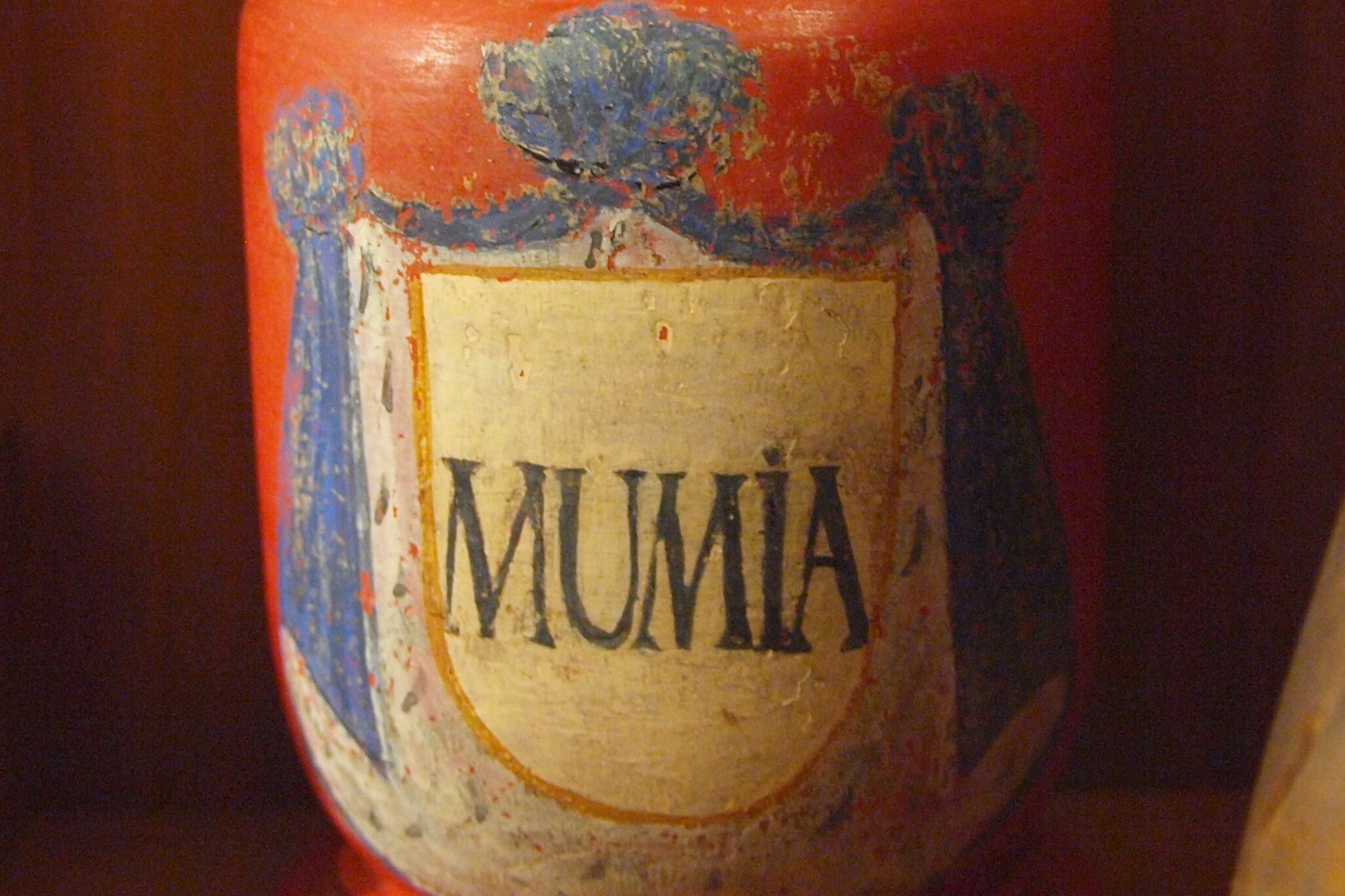
Yes, people actually ground up Egyptian mummies and swallowed the powder as medicine. It was believed that consuming something so ancient and preserved would transfer healing powers or cure internal problems. This bizarre practice was especially popular in Europe from the Middle Ages into the 17th century.
It sounds like something out of a horror movie, but it was very real. Apothecaries would sell “mumia” as a legitimate product, and it wasn’t cheap. Not only was it ineffective, but it also disrespected entire cultures and histories. Eventually, they stopped, but only after science showed it was totally useless.
11. Animal Dung for Wounds

Ancient Egyptians and other early civilizations used animal dung—yes, poop—as a treatment for wounds. They believed it had healing properties and could prevent infection. Crocodile dung, in particular, was used in poultices and sometimes even as birth control.
What’s scary is that in some cases, it actually did have antibiotic qualities—but with a big risk of introducing bacteria and parasites. It was a gamble, to say the least. Still, without access to real antibiotics, people tried anything. Thankfully, we’ve come a long way since then.
12. Electric Belts for Virility
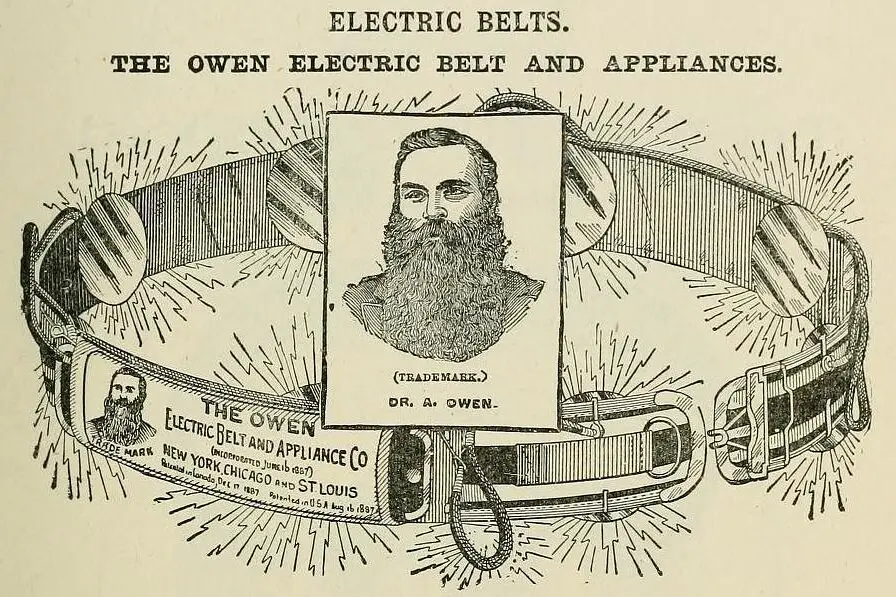
In the late 1800s and early 1900s, men were sold electric belts that promised to restore “manly vigor.” These devices delivered mild (or not-so-mild) electric shocks to the waist and groin. The idea was that electricity could stimulate blood flow and reverse issues like impotence or fatigue.
They were advertised as cutting-edge and scientific, even though they were basically wearable torture devices. Of course, they didn’t actually work, but people still shelled out serious money for them. It’s the kind of thing that sounds made up, but vintage ads prove otherwise. The belief in electricity as a cure-all ran deep.
13. Wine for Teething Babies

Before teething gels and cold rings, parents reached for something a little stronger: wine. Just a dab on the gums—or sometimes in the bottle—was thought to calm fussy babies. It wasn’t unusual for infants to be given alcohol to help them sleep or stay quiet during long nights.
This was before the long-term effects of alcohol on developing brains were understood. People thought it was harmless in small amounts. Today, the idea of giving a baby wine is horrifying, but back then, it was practical parenting. It’s another example of how intentions were good, even when the method wasn’t.
14. Tobacco Smoke Enemas
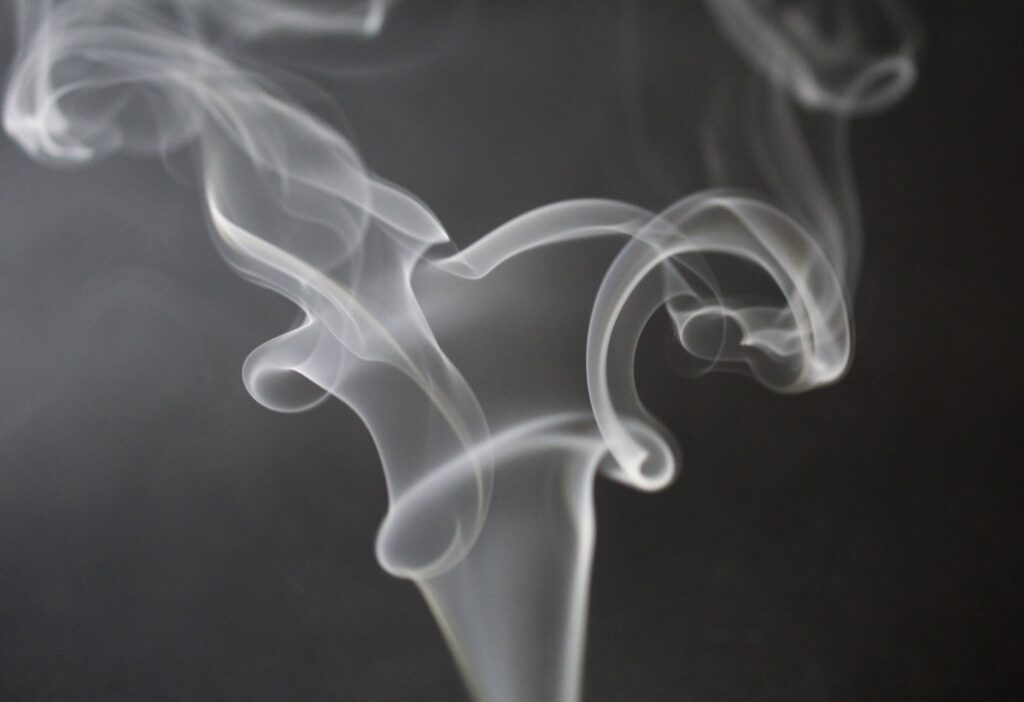
One of the weirdest old medical treatments was the tobacco smoke enema. Yes, exactly what it sounds like: blowing tobacco smoke into the rectum to treat drowning victims, stomach cramps, or even constipation. It was believed the warmth and stimulation would revive the body.
This practice was actually supported by respected medical organizations for a while. People would carry kits for it along riverbanks, just in case someone needed saving. It fell out of favor when doctors realized it didn’t actually do anything except make the patient very uncomfortable. Still, it had a surprisingly long run in early Western medicine.
15. Butter and Sugar for Burns
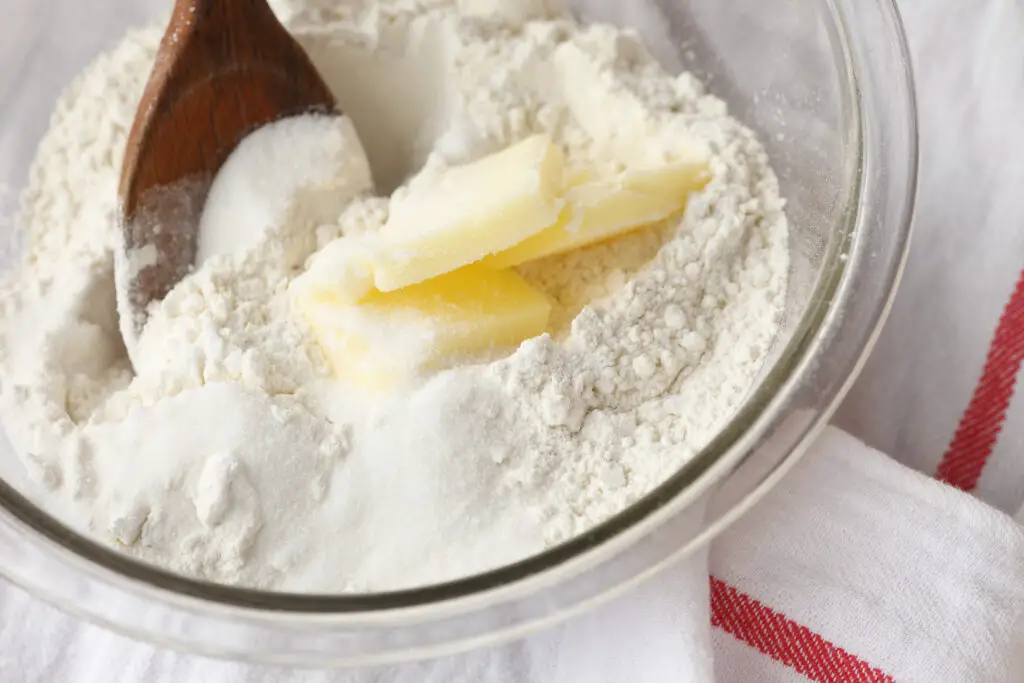
For minor burns, people used to apply a mix of butter and sugar. It was a kitchen remedy that seemed soothing in the moment, and folks swore by it for generations. The coolness of the butter felt good initially, but it actually trapped heat and bacteria in the skin.
Even sugar didn’t help much unless it was sterile, which it rarely was in those days. Despite this, it hung around in home remedies for decades. Science eventually showed that clean, cool water and sterile coverings worked better. But that didn’t stop grandma from insisting on the butter cure.
